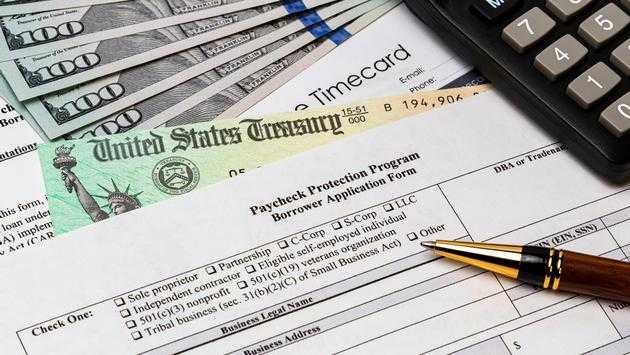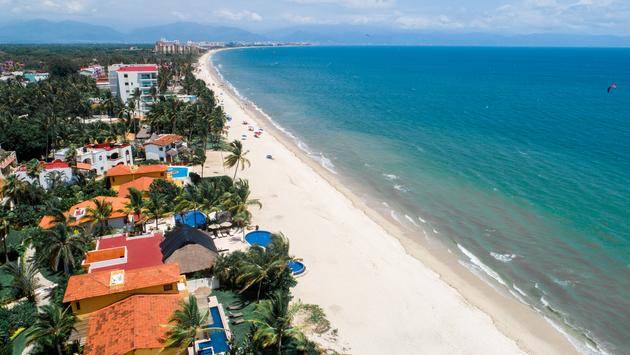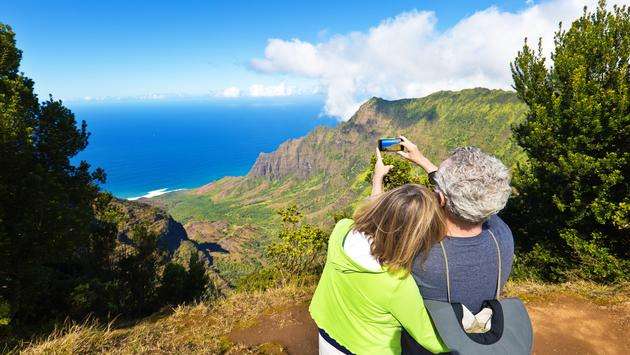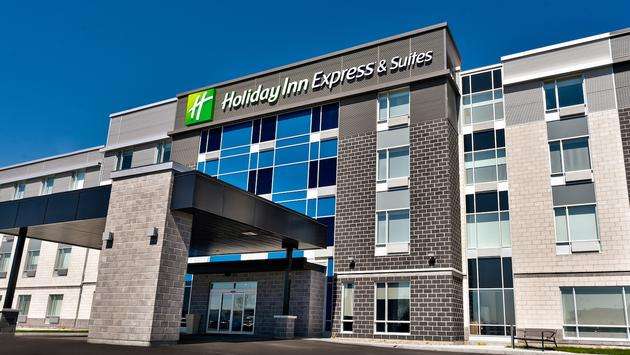November 26,2021
US Travel Explains How Industry Can Take Advantage of COVID-19 Relief Bill
by Bin Xu
The COVID-19 relief bill recently passed by the Congress and signed by the president will be the beginning of “a lot of stimulus,” according to Roger Dow, CEO of the U.S. Travel Association. He was speaking at a webinar on “Understanding and Assessing COVID-19 relief for the Travel Industry,” where several U.S. Travel executives broke down various elements of the legislation and how each would affect travel industry segments.

Dow said he is “so glad 2021 is here and things are going to be better.” He said the relief bill was much too long in coming and blamed both political parties for that. The new administration, said Dow, will be looking for more ways to stimulate the economy.
The main focus of the webinar was on the second round of the Payroll Protection Program (PPP). Treon Glenn, senior director of government relations, said that recipients of the first round of PPP would be eligible for the second round if they had exhausted funds from the first and had completed their forgiveness process. Under the new bill, businesses must have fewer than 300 employees and incur a 25 percent reduction in revenue.
As with the first round, businesses can apply at a bank or credit union and certify they are eligible. While the deadline for applying is March 31, Green recommended moving as quickly as possible to ensure there are still funds available.
Green said the application process has been simplified for loans of under $150,000. At least 60 percent of the loan has to go toward payroll. Any expense paid for with PPP funds can be deductible if it is normally a deductible expense. Finally, all loan and guarantee fees are waived. Lenders must approve or deny loans within 60 days.
The loans are based on 2.5 times the payroll over a certain period – which can be between eight and 24 days based on the recipient’s wishes. The loans are capped at $2 million. To gain loan forgiveness, recipients must submit the appropriate documents to lenders – verifying payroll, etc. Loan forgiveness is reduced if there is a decline in a business’s employment, although there are exemptions if a good faith effort has been made to hire.
The webinar also touched on other elements of the relief bill, including:
—Will Brown, senior director of government affairs, said the bill modernizes how states can issue “real ID’s” as a transition continues from physical credentials to more secure digital ones.
—Erik Hansen, vice president of public affairs, said that while there is no additional coronavirus relief funding (CRF), unused CRF funds from the first relief bill last year can still be used. If businesses did receive CRF funds from last year’s bill, they can apply for PPP but can’t use the funds for the same purposes. “You can’t use two pots of money for the same expenses,” said Hansen.
—Several transportation investments are also being made through the new bill, said Hansen. They include $2 billion for airports, $200 million for airport concessionaire relief, $5 billion for small community airport services, $15 billion for airline payrolls, $2 billion for motor coaches and $1 billion for Amtrak to maintain service through March.
—An employee retention tax credit (ERTC) has been extended through July 1. It covers a larger percentage of payroll than last year’s bill.
—Economic injury disaster loans (EIDL) have been extended.
Dow also said the turmoil at the Capitol on Wednesday shows how important travel is in increasing understanding and how important it will be going forward.
Leave a Reply
Please sing in to post your comment or singup if you dont have account.
Favorite articles

Riviera Nayarit Consolidates Air Connectivity With New Routes
January 03,2022

Looking for a Black Friday Deal? Try Summer 2021 Travel
December 30,2021

Kauai Drops Out of Hawaii’s Pre-Travel Testing Program
December 28,2021
Most popular articles

Riviera Nayarit Proves Resilience With New Hotel Openings
January 04,2022

Large Cruise Ships Return to Alaska
December 29,2021

How to Score Free Disney World Theme Park Tickets in 2021
December 26,2021

Hotel Xcaret Arte To Make Its Debut in July 2021
December 25,2021


Families Can Virtually Visit Santa With Finnair
December 20,2021
Popular articles

Public Donates More Than $100K To Harassed Hotel Worker
January 02,2022

President Biden Signs Law To Restart Cruising in Alaska
January 01,2022

New Proposal Would Create 24-Hour Nightlife Zones in New York City
December 31,2021

Holland America Line Launches 'BIG' Wave Season Offer
December 23,2021
Categories
Favorite articles
Riviera Nayarit Consolidates Air Connectivity With New Routes
January 03,2022
Looking for a Black Friday Deal? Try Summer 2021 Travel
December 30,2021
Kauai Drops Out of Hawaii’s Pre-Travel Testing Program
December 28,2021
Most popular articles
Riviera Nayarit Proves Resilience With New Hotel Openings
January 04,2022
Large Cruise Ships Return to Alaska
December 29,2021
How to Score Free Disney World Theme Park Tickets in 2021
December 26,2021
Hotel Xcaret Arte To Make Its Debut in July 2021
December 25,2021
Families Can Virtually Visit Santa With Finnair
December 20,2021
Popular articles
Public Donates More Than $100K To Harassed Hotel Worker
January 02,2022
President Biden Signs Law To Restart Cruising in Alaska
January 01,2022
New Proposal Would Create 24-Hour Nightlife Zones in New York City
December 31,2021
Holland America Line Launches 'BIG' Wave Season Offer
December 23,2021



